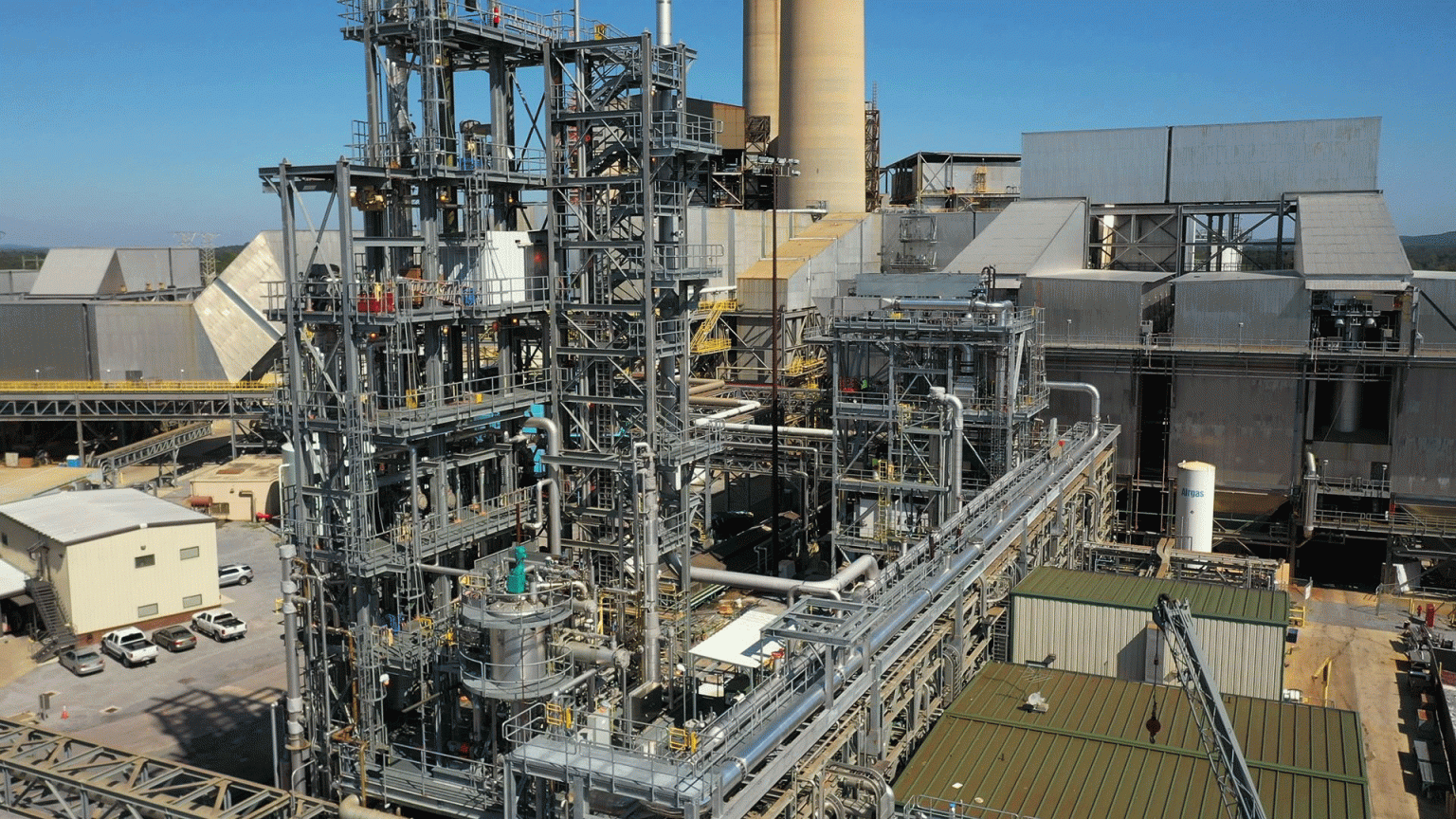

A number of other startups are focused on using CO2 for concrete, including CarbonCure, Carbicrete and Carbon Upcycling (the latter of which is discussed later on this list).

The material already has been used at the San Francisco International Airport, and Blue Planet recently signed a deal with building material company, Knife River Construction. The Los Gatos, California-based company, which raised $10 million in September, plans to convert emissions captured at power plants, steel mills, cement plants and refineries and then distribute the rocks to concrete plants, where the CO2 can be stored permanently. Its method involves turning CO2 into carbonate rocks, which can be used as a substitute for limestone rock, a primary component of concrete. Blue Planetīlue Planet’s technology captures carbon dioxide and uses it as a raw material itself, rather than using it to treat other materials. This list certainly isn’t all-inclusive, but it provides a glimpse of what might be possible in months to come. Here are five companies worth watching in 2021. Slowly but surely, organizations focused on processes that turn carbon into value are graduating from the laboratory and putting their ideas into practice, often by using CO2 captured through industrial processes. Together, natural and engineered approaches to carbon sequestration, the process of capturing and storing carbon dioxide, could assist in removing the 1,000 billion tons of carbon dioxide from the atmosphere needed to avoid irreversible damage, according to an analysis by the Circular Carbon Network. The growing realization: While many carbon capture and storage approaches such as those being pioneered by the likes of Carbon Engineering and Climeworks are still relatively untested and prohibitively expensive, there are ways to generate value and revenue from captured CO2 by turning it into a feedstock for some other thing - such as fuel or construction materials or even protein, for a start.Įarth already provides a natural carbon sequestration process through trees and agriculture, of course, but a new frontier of companies, backed by growing interest in the broader carbontech movement, are looking to sequester carbon into goods for everyday usage. As more companies set aggressive decarbonization and net-zero goals, the role of technologies and processes that draw down excess levels of atmospheric carbon dioxide and help sequester those emissions by using it as a feedstock for another product is in the spotlight.


 0 kommentar(er)
0 kommentar(er)
